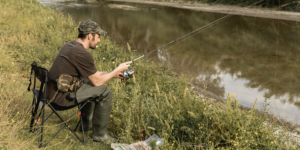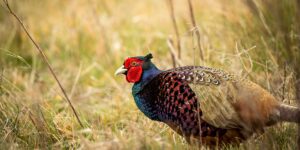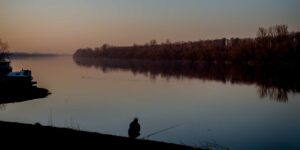Wildlife habitat conservation plays a vital role in maintaining biodiversity, preserving ecological balance, and ensuring the long-term health of our planet. As human activities continue to impact natural ecosystems, it is crucial to prioritize efforts aimed at protecting and restoring habitats for diverse species. This article explores the significance of wildlife habitat conservation, highlights key conservation strategies, and emphasizes the collective responsibility we hold to safeguard our natural heritage.
Why limit yourself to public land when there are millions of acres of private land to explore.
Importance of Wildlife Habitat Conservation
Biodiversity Preservation
Habitats provide shelter, food, and breeding grounds for a wide range of plant and animal species. Conserving habitats ensures the preservation of biodiversity, enabling ecosystems to function effectively. Biodiversity, the variety of life in a particular habitat or ecosystem, is of immense importance. It ensures genetic diversity which is crucial for the survival and adaptability of species. A larger gene pool enables wildlife populations to adapt to changes in the environment. The decline of biodiversity due to habitat loss and fragmentation is thus a major concern.
Ecosystem Services
Healthy habitats offer numerous ecosystem services such as water filtration, climate regulation, pollination, and soil stabilization, which are essential for human well-being. Ecosystem services are the benefits that people obtain from ecosystems. These include provisioning services such as food and water; regulating services such as regulation of floods, drought, land degradation, and disease; supporting services such as soil formation and nutrient cycling; and cultural services such as recreational, spiritual, religious and other non-material benefits. They contribute to human health and the global economy, fostering a sustainable living environment.
Ecological Balance
Habitats support intricate food webs and ecological interactions, maintaining a delicate balance between predator and prey, and fostering resilience to environmental changes. By doing so, they play a critical role in preserving biodiversity, conserving wildlife populations, and sustaining the health of natural systems. The importance of maintaining this balance is evident when considering the impacts of invasive species, which can disrupt food chains and lead to biodiversity loss.
Threats to Wildlife Habitats
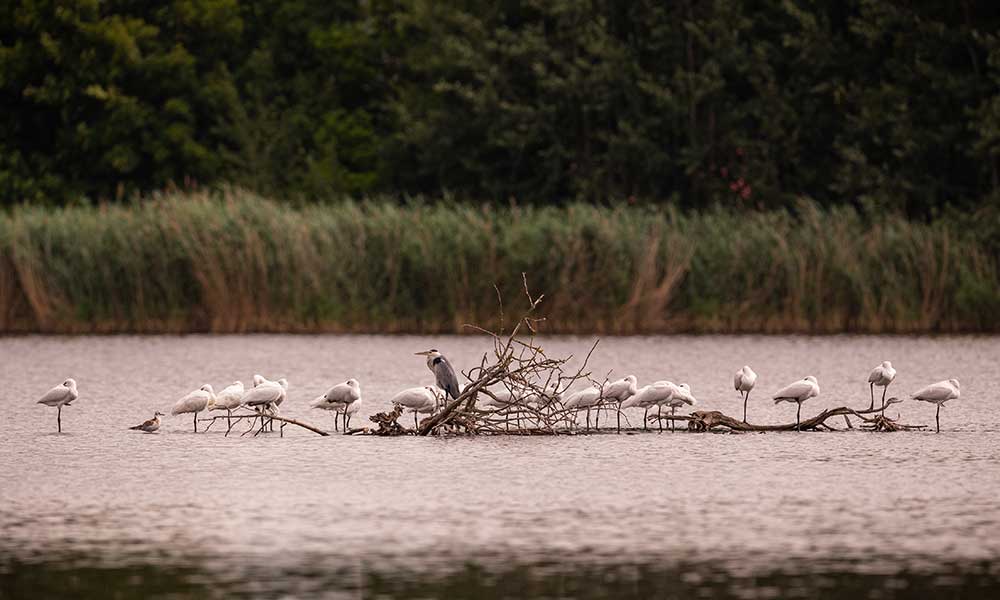
Habitat Loss
Human activities like deforestation, urbanization, and conversion of natural lands into agriculture or infrastructure result in the destruction and fragmentation of habitats. This habitat destruction, often driven by a growing human population and unsustainable land use practices, poses one of the greatest threats to biodiversity. It leads to population declines among wildlife species, many of which may face extinction if their habitats are not protected.
Pollution and Contamination
Industrial pollutants, pesticides, and waste discharge can degrade habitats, impacting both wildlife and the surrounding ecosystems. These human activities not only lead to the loss of biodiversity but also affect the ecosystem services that habitats provide. For instance, water pollution can lead to a decline in water quality, affecting both human health and the health of aquatic species.
Invasive Species
Non-native species can outcompete native species, disrupt natural habitats, and alter ecological dynamics. Invasive species are among the leading causes of biodiversity loss and habitat destruction. They can change the structure of ecosystems, disrupt ecological processes, and lead to the decline of native wildlife.
Climate Change
Rising temperatures, altered precipitation patterns, and extreme weather events pose significant challenges to habitat stability and species survival. Climate change can cause shifts in species distributions, changes in the timing of natural events, and increases in the frequency of disease outbreaks, among other impacts. Its effects can be seen across various habitats, from forests and grasslands to freshwater and marine ecosystems.
The hassle free way to monetize your acreage.
Conservation Strategies
Protected Areas
Establishing and effectively managing protected areas like national parks, wildlife reserves, and marine sanctuaries help preserve crucial habitats and safeguard vulnerable species. Protected areas are vital for conserving biodiversity as they provide refuge for species from human activities. They also help to maintain ecosystem services, contributing to food security, water supply, and climate regulation.
Habitat Restoration
Implementing habitat restoration projects such as reforestation, wetland rehabilitation, and coral reef restoration enhances degraded habitats, promoting biodiversity recovery. By restoring habitats, we can ensure the survival of endangered species, maintain ecological balance, and enhance the capacity of ecosystems to provide essential services.
Sustainable Land Use
Promote sustainable agriculture, forestry, and urban planning practices that minimize habitat destruction, maintain ecological connectivity, and prioritize conservation efforts. Sustainable land use practices can help to conserve biodiversity, protect habitats, and ensure the long-term viability of wildlife populations. This includes practices like organic farming, agroforestry, and sustainable forest management, which can provide economic benefits while also conserving natural resources.
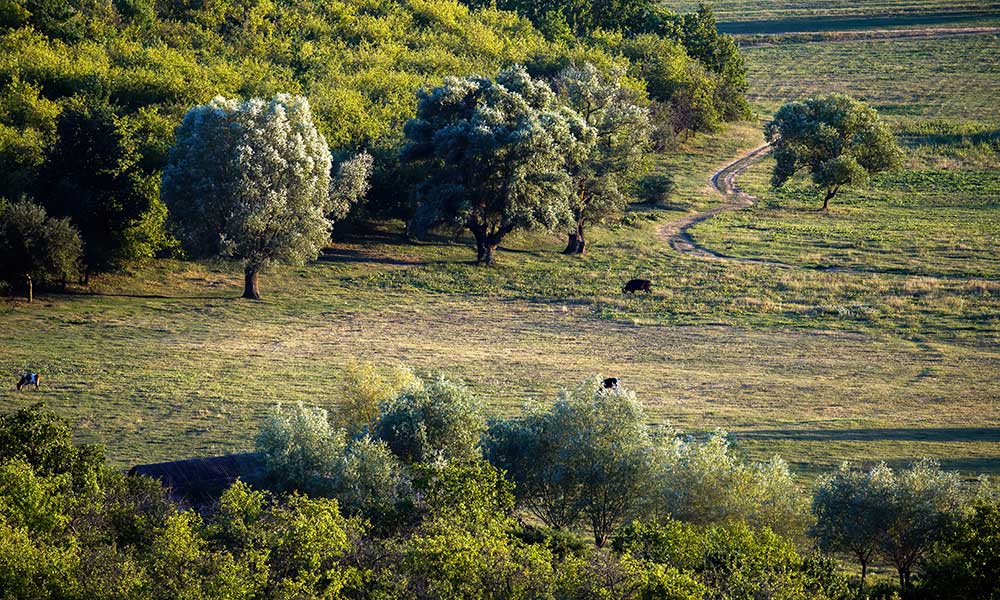
Conservation Partnerships
Collaboration between government agencies, non-profit organizations, local communities, and private entities is crucial for effective habitat conservation initiatives, pooling resources and expertise. These partnerships can enhance the effectiveness of conservation efforts, foster sustainable development, and ensure that biodiversity conservation is integrated into broader social and economic goals.
Public Awareness and Education
Raise awareness about the importance of wildlife habitat conservation through educational programs, campaigns, and community engagement, fostering a sense of responsibility and stewardship. Education and awareness are key for promoting conservation, as they can foster a culture of respect for nature, encourage sustainable behaviors, and build support for conservation policies.
Individual and Collective Responsibility
Sustainable Living
Make conscious choices to reduce ecological footprints, promote sustainable consumption, and support environmentally responsible businesses. Every individual can make a difference by adopting sustainable lifestyle choices, such as reducing waste, consuming responsibly, and using renewable energy sources.
Volunteering and Advocacy
Get involved in local conservation organizations, volunteer for habitat restoration projects, and advocate for policies that prioritize wildlife habitat conservation. By doing so, individuals can contribute to conservation efforts and help to protect local ecosystems.
Responsible Land Management
If you own or manage land, adopt practices that protect and enhance wildlife habitats, such as planting native species, implementing wildlife-friendly measures, and avoiding harmful practices like excessive pesticide use.
Conclusion
Wildlife habitat conservation is paramount to preserving biodiversity, maintaining healthy ecosystems, and ensuring the well-being of future generations. By recognizing the significance of habitats, implementing effective conservation strategies, and embracing our collective responsibility, we can contribute to the sustainable coexistence of humans and wildlife, fostering a harmonious balance between development and nature. Let us strive to be stewards of our natural heritage, protecting and restoring wildlife habitats for the benefit of all species and the planet as a whole.
Why limit yourself to public land when there are millions of acres of private land to explore.

